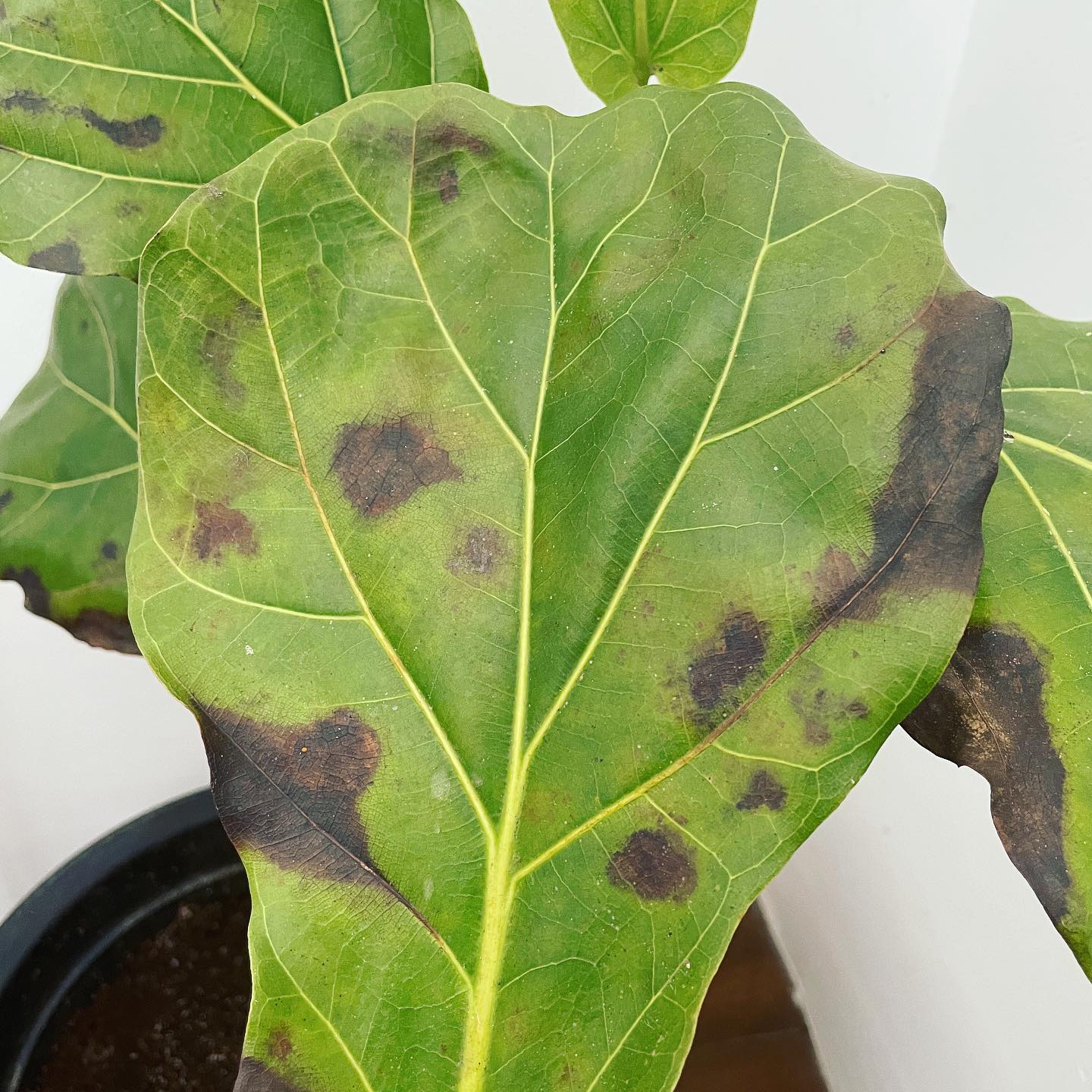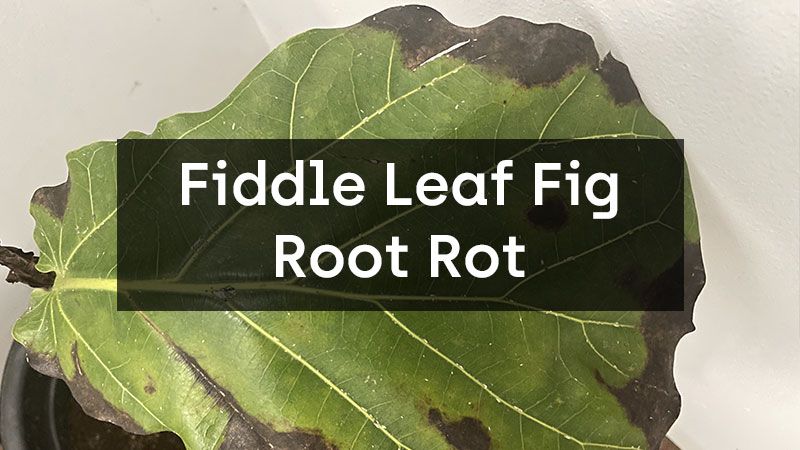Table of Contents
- Understanding Root Rot
-
- What is Root Rot?
- Symptoms of Root Rot
- Causes of Root Rot in Fiddle Leaf Figs
- Causes of Root Rot in Fiddle Leaf Figs
-
- Treating Root Rot
-
- Step 1: Remove the Plant from the Pot
- Step 2: Inspect the Roots
- Step 3: Prune the Affected Roots
- Step 4: Repot the Plant
- Step 5: Adjust Watering Habits
- Step 6: Monitor the Plant
-
- Conclusion
- FAQs
1. Understanding Root Rot
What is Root Rot?
Root rot is a condition that occurs when the roots of a plant are damaged by excess water or fungal growth. The roots become saturated with water and are unable to absorb oxygen, which leads to the death of the roots and eventually the entire plant.
Symptoms of Root Rot
The symptoms of root rot include yellowing or wilting leaves, mushy or discolored roots, and a foul odor coming from the soil. If left untreated, root rot can spread quickly and cause the plant to die.
Causes of Root Rot in Fiddle Leaf Figs
Root rot in fiddle leaf figs can be caused by overwatering, poor drainage, or a combination of both. Fiddle leaf figs prefer well-draining soil and should not be left sitting in standing water for long periods of time. Additionally, fiddle leaf figs should be watered only when the top inch of soil is dry to the touch.

2. Treating Root Rot
Step 1: Remove the Plant from the Pot
The first step in treating root rot is to remove the plant from the pot. Carefully lift the plant out of the pot, being careful not to damage the roots. If the roots are tightly packed, gently loosen them with your fingers.
Step 2: Inspect the Roots
Inspect the roots of the plant for any signs of damage or decay. Healthy roots should be firm and white, while roots affected by root rot will be mushy, discolored, and foul-smelling.
Step 3: Prune the Affected Roots
Using a clean pair of scissors or pruning shears, cut away any roots that are mushy or discolored. Make sure to sterilize your tools between cuts to prevent the spread of any fungal or bacterial infections.
Step 4: Repot the Plant
Once you have pruned away the affected roots, repot the plant in fresh, well-draining soil. Make sure the new pot has adequate drainage holes to prevent water from sitting in the bottom of the pot.
Read more How to Repot a Fiddle Leaf Fig
Step 5: Adjust Watering Habits
To prevent future instances of root rot, adjust your watering habits. Water the plant only when the top inch of soil is dry to the touch, and make sure the pot has adequate drainage.
Step 6: Monitor the Plant
Monitor the plant closely for any signs of stress or further symptoms of root rot. If you notice any new signs of root rot, repeat the treatment process.

3. Conclusion
Root rot can be a serious problem for fiddle leaf figs, but with proper care and attention, it can be treated and prevented. Remember to only water the plant when the top inch of soil is dry, provide adequate drainage, and monitor the plant closely for any signs of stress or disease.







0 Comments